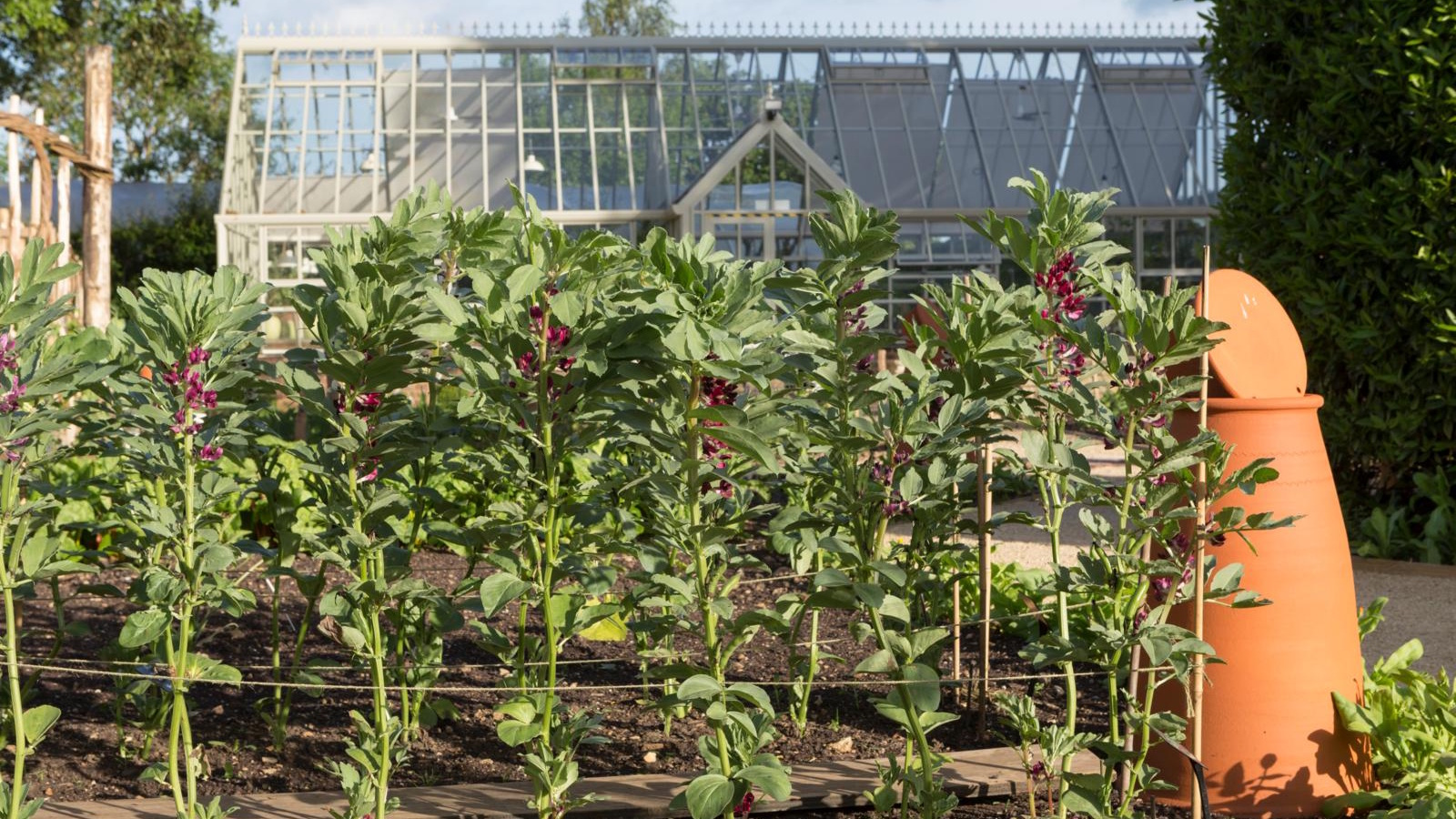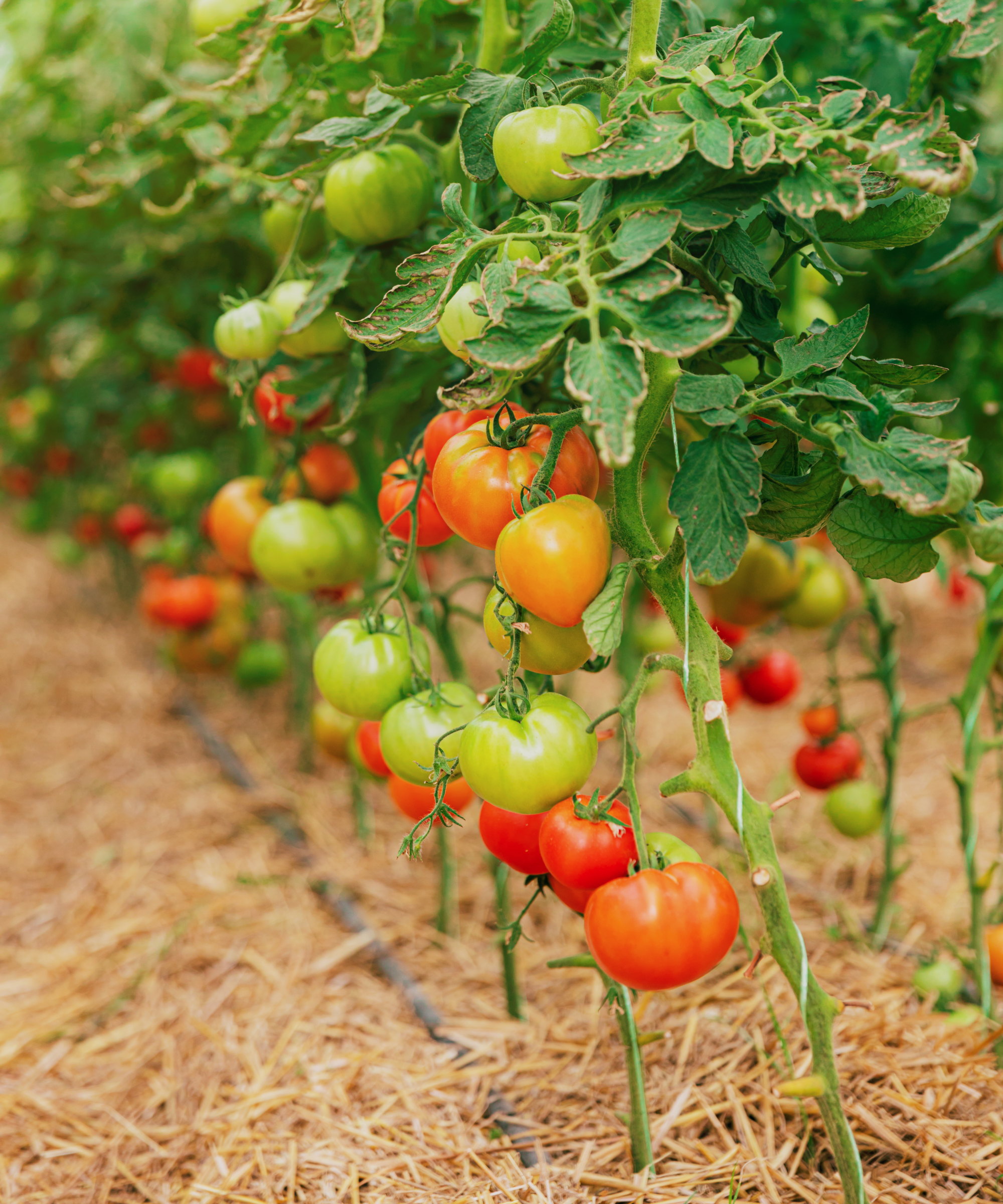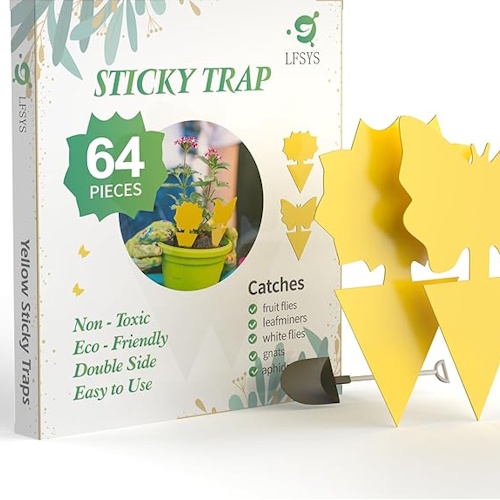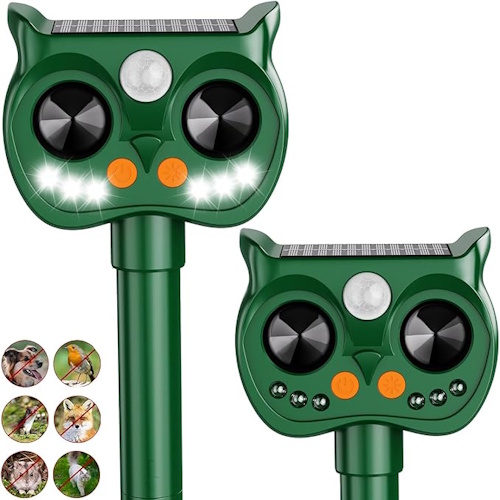This chemical-free pest control hack is guaranteed to protect your crops from destructive birds, slugs, and insects – for free
Repurpose your organza gift bags to keep your homegrown crops safe this season


I'm growing tomatoes for the first time this year, and don't get me wrong, it's a joy to check on them everyday to observe their new growth, but it's also incredibly anxiety-inducing. I'm fearful of slugs, snails, and other pests getting to my crops before I do, so I'm trying a range of non-toxic, chemical-free pest control methods.
My latest round of natural pest control research led me to an ingenious solution – using organza mesh bags to keep pests that destroy plants out. I actually first saw this hack being used to protect strawberries from birds (see @potted_peach's video below), but it will work for a number of fruiting crops, like grapes, apples, pomegranates, and even peppers, too.
Alongside being chemical-free, the best thing about this hack is it's low effort and affordable. You can even repurpose those little mesh gift bags so many of us seem to collect over the years. I have a pile in my cupboard just waiting to be used, so this is the perfect hack to try. Here's how using organza mesh bags to protect crops from pests works.
How to use organza mesh bags to protect crops from pests

This hack is really simple. You just need some organza mesh bags (available at Amazon). In fact, you can even use specific fruit protection bags (From Amazon), or mesh netting (from Amazon).
Place the bags over the individual fruiting crops in your kitchen garden, whether you're looking for a slug control method to protect tomatoes like I am, you need to stop birds pecking at your strawberries, or you're cautious of destructive insects like aphids.
Pull the drawstrings around the top of the crop's stem and tie it off to prevent pests getting in. You should also make sure the bag you're using is large enough for your crops and provide enough room to accommodate further growth.
'This is exactly the kind of pest control hack I wish I'd known about recently. After returning from vacation, I found a couple of my large heritage tomato fruits with huge holes in them, and it was so disappointing,' says Homes & Gardens' Head of Gardens, Rachel Bull.
Design expertise in your inbox – from inspiring decorating ideas and beautiful celebrity homes to practical gardening advice and shopping round-ups.
'Putting physical barriers in place is often the best way to stop pests from destroying plants, so it's no wonder this mesh bag hack works well. Being a transparent and breathable material, it won't impact the health or growth of crops, either,' she adds.
I plan to use this method as my tomatoes fruit this season, and I'll be ready to upgrade to larger bags as my crops get bigger. But, it isn't the only method I'm relying on. I'm also using the best pest-repellent plants as tomato companion plants to keep my crops safe.

Rachel is a gardening editor, flower grower and floral designer. Her journalism career began on Country Living magazine, sparking a love of container gardening and wild planting. After more than a decade writing for and editing a range of consumer, business and special interest titles, Rachel became editor of floral art magazine The Flower Arranger. She then trained and worked as a floral designer and stylist in London for six years, before joining the Homes & Gardens team.
FAQs
Are fruit protection bags rodent-proof?
Fruit protection mesh bags aren't necessarily rodent-proof, as some gardeners have experienced rats and squirrels chewing through them. However, they are effective at keeping slugs, snails, and harmful insects out. To protect fruit from rodents, consider other methods – like using these cloches from Amazon.
I already know using organza mesh bags to protect crops from pests is going to keep my kitchen garden plants safe this season. If you aren't keen on the idea of having these bags all over your plants, there are other chemical-free pest control hacks you can try. For example, you can try the strawberry plant red rock hack to deter birds or use coffee grounds to deter slugs.
Shop other non-toxic pest control essentials

Tenielle is a Gardens Content Editor at Homes & Gardens. She holds a qualification in MA Magazine Journalism and has over six years of journalistic experience. Before coming to Homes & Gardens, Tenielle was in the editorial department at the Royal Horticultural Society and worked on The Garden magazine. As our in-house houseplant expert, Tenielle writes on a range of solutions to houseplant problems, as well as other 'how to' guides, inspiring garden projects, and the latest gardening news. When she isn't writing, Tenielle can be found propagating her ever-growing collection of indoor plants, helping others overcome common houseplant pests and diseases, volunteering at a local gardening club, and attending gardening workshops, like a composting masterclass.


